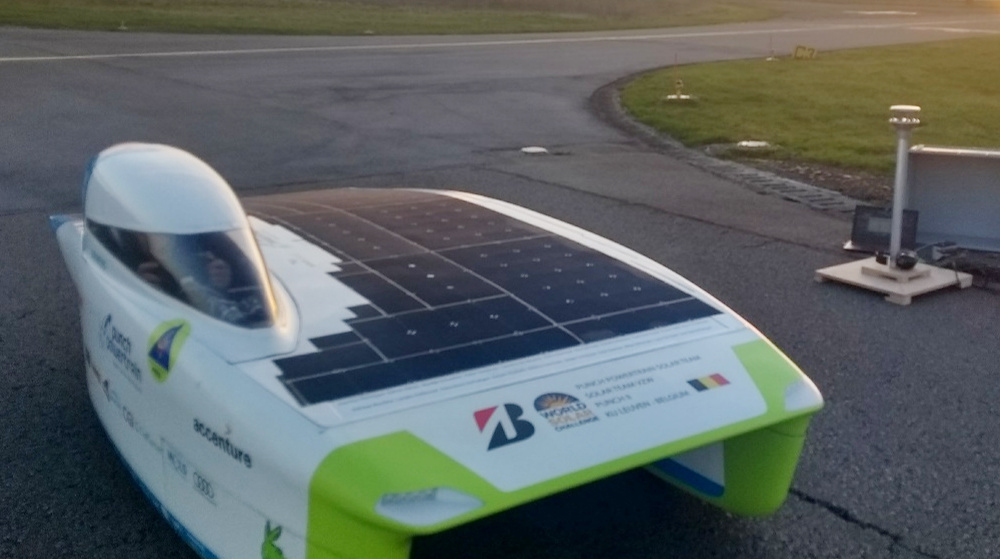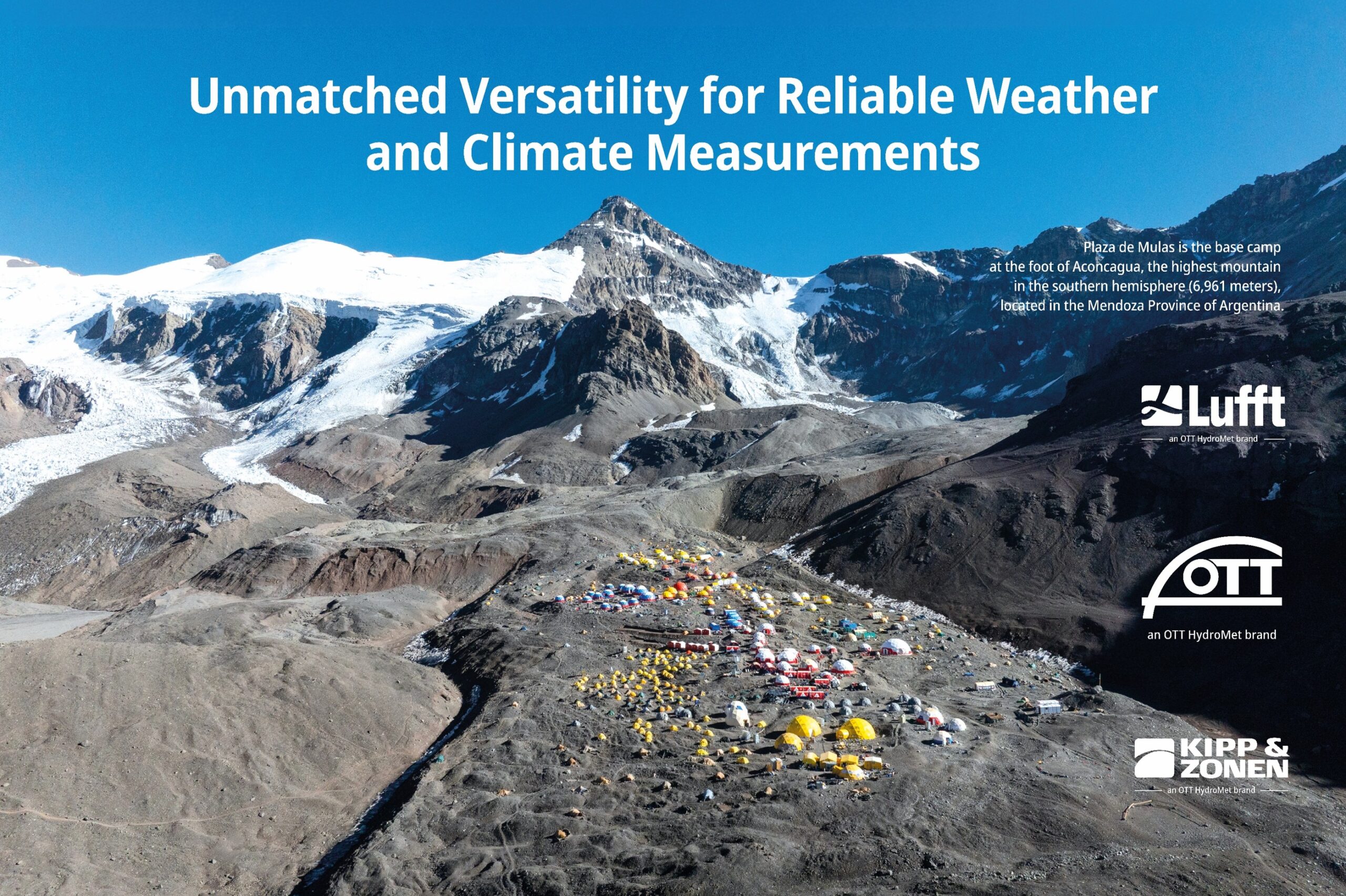After a successful collaboration between Lufft and the Punch Powertrain Solar Team in the Bridgestone World Solar Challenge of 2013 and 2017 (6th and 3rd place), both parties decided to extend the partnership.
After a successful collaboration between Lufft and the Punch Powertrain Solar Team in the Bridgestone World Solar Challenge of 2013 and 2017 (6th and 3rd place), both parties decided to extend the partnership.
The World Solar Challenge is a race of 3020km straight through the Australian outback. It is considered as the world championship for solar car racing and takes place every two years. We from the Punch Powertrain Solar Team consist of 21 engineering students building a solar car to compete against 43 teams from around the world in the World Solar Challenge.
During the race of 2017, we developed a new feature called crab-steering. Thanks to this innovation it was possible to use the side wind effects to our advantage: The new steering system is able to turn the car’s whole chassis at a certain angle. This makes the car act like a sail using the aerodynamic forces to become faster.
Thanks to this new feature, which is a part of a sophisticated steering system, we won an Innovation Award in 2017. This was also made possible by the weather stations provided by Lufft. We have used them to monitor the environmental influencing factors, such as wind velocity.
After the race we will continue our research on the technology and perfect our car for the coming World Solar Challenges. To make this happen, a lot of testing will be necessary. Since we want to get a better understanding of effects of the wind on our car, it is important to monitor the wind speed and direction carefully during our tests. Luckily, Lufft provided us with a precise VENTUS ultrasonic wind sensor to get the necessary, accurate data. With its help, we can determine our perfect “crabbing-angle” and continue our ascending trend in the World Solar Challenge’s ranking.
Lufft is looking forward to the next races and keeps its fingers crossed for the team.
You are interested in the Lufft sensor technology?



